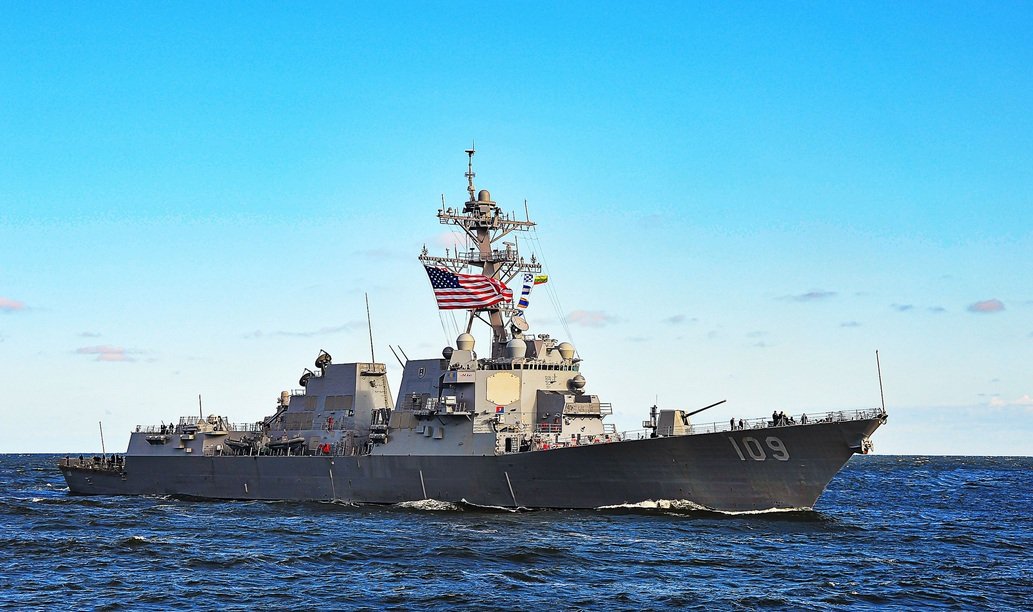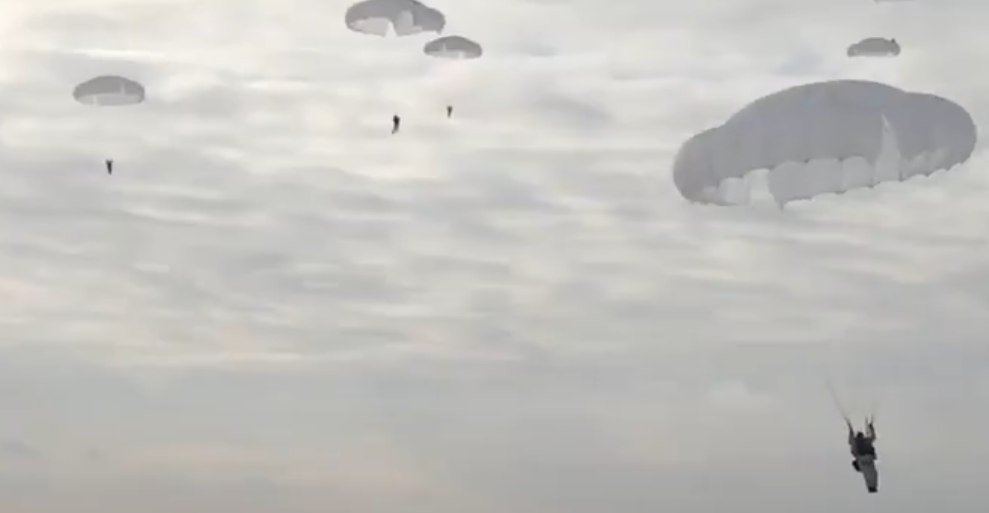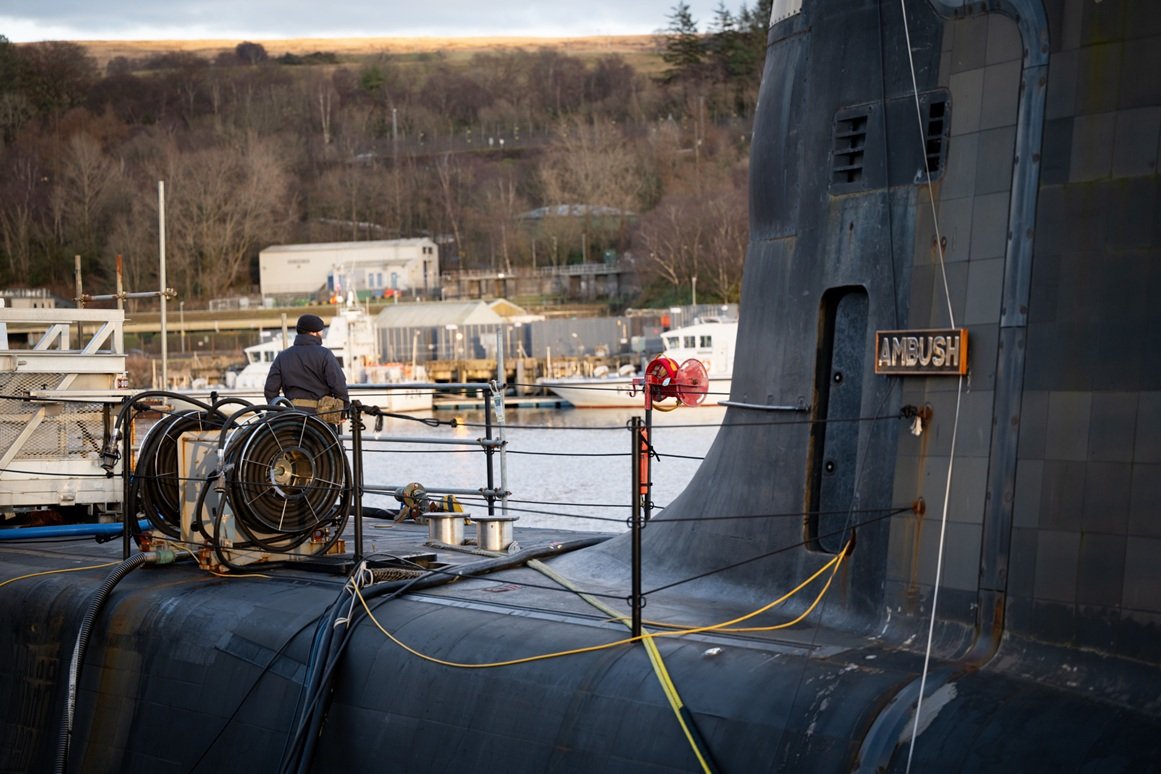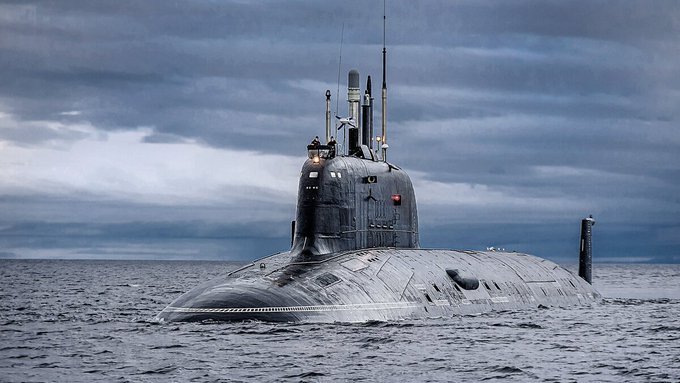
What are the current capabilities of the Ukrainian fleet?
Ukraine, June 19, 2025 – When the unmarked “little green men” appeared in Crimea in March 2014, one of the first and most visible consequences was the rapid loss of most of the Ukrainian Black Sea Fleet. Dozens of ships, including the flagship frigate Hetman Sahaidachny, were left stranded or garrisoned at bases, mainly in Sevastopol, the naval heart of what was then Ukraine. Most of the crews were either disarmed or defected to the Russian side. The once ambitious plan to modernize the naval forces was reduced to rubble, and the word “fleet” began to sound more ironic than realistic.
And yet, more than a decade later—and more than three years after the start of a full-scale invasion—the Ukrainian navy is making headlines again. Not thanks to the powerful warships, but because of the courage, resourcefulness and asymmetric methods of combat, which surprised even the Russian Black Sea Fleet. Although Ukraine does not have a strong navy in the classical sense of the word today, it still has something to be interested in. And perhaps something to “brag about” – with a certain amount of bitter pride.
Losses and reality after 2014
At the beginning of 2014, Ukraine had a naval fleet of approximately 25 larger ships and dozens of smaller vessels. Most of them were concentrated in Crimea – especially in Sevastopol, where the main naval base was located. However, everything changed dramatically within a few weeks. Almost without resistance, most of the equipment, ships and crews passed into the hands of the Russian Federation. During the annexation of Crimea, Russia occupied or seized over 75% of the Ukrainian fleet. In some cases, the ships surrendered without a fight, in others they were not allowed to sail at all. At the same time, a significant part of the naval personnel went over to the Russian Navy – about two-thirds of the sailors and officers changed their uniforms.

Ukraine was left with only fragments – a few ships that were outside Crimea during the crisis, and a small base in ports such as Odessa and Mykolaiv. Symbolically and practically, the biggest loss was the frigate Hetman Sahaidachny – the flagship of the navy – which escaped from Crimea at the time, but its technical condition and low combat value led to its being scuttled by its own crew during the invasion in 2022 to prevent it from falling into enemy hands. In the following years, the Ukrainian Navy vacillated between efforts to rebuild and the reality of insufficient budget, outdated equipment and loss of infrastructure. Only in the later stages, with increasing assistance from Western partners, did the first signs of transformation begin to appear: from a classic fleet towards modern, flexible and asymmetric capabilities.
Current capabilities: what remained and what was added
As already mentioned, the flagship – the frigate Hetman Sahaidachny – was sunk by its own crew in Mykolaiv at the beginning of the full-fledged invasion, so as not to fall into the hands of the Russians. Its repair was technically and logistically unrealistic at that time. Its loss was more symbolic than strategic – the vessel was no longer truly combat-ready. Cooperation with Great Britain and Turkey gave a great impetus. In 2021, an agreement was signed on the construction of several modern missile boats, as well as Ada-type corvettes, which are being built in cooperation with the Turkish shipbuilding industry. The first ship – the corvette Hetman Ivan Mazepa – was launched in 2022 and is currently undergoing trials. However, due to the war, its entry into service is still delayed. Other significant reinforcements include new patrol boats, some unmanned systems (such as remotely controlled boats from the United Kingdom), as well as electronic, communication and radar technology supplied by allies as part of military assistance. Nevertheless, it must be openly admitted that Ukraine still does not have a fleet in the classical sense of the word. What it does have – and what it is gradually reshaping in its own image – is a new philosophy of naval warfare, which has proven to be unexpectedly effective.

In the category of patrol and coastal combat units, Ukraine has a total of thirteen vessels. Of these, three Slavyansk-type units come from the American Island class. In addition, it is armed with three Gyurza-M gunboats (Project 58155), equipped with two Katran-M remotely controlled combat modules and Barrier anti-tank guided missiles. The fast boats include six Defiant 40s and one Kentavr-LK boat. In the area of anti-submarine and mine countermeasures, Ukraine has two Chernihiv-class vessels, which are derived from the British Sandown class. These vessels are designed to search for and destroy mine threats.
The logistics and support fleet consists of eight vessels of various types. These include one Project 419 vessel known as Sura, one support vessel Bereza, and another auxiliary vessel Muna. There is also one light cargo vessel, one Sudak water transport vessel, and three Petrushka-type units for general transport and support. An interesting and rapidly developing category is unmanned offshore platforms. Ukraine operates unmanned surface vessels (USVs) named Kherson and Magura V5. In the area of undersea systems (UUVs), it uses an underwater drone named Toloka.
Asymmetric capabilities: a navy without a fleet
While conventional ships are lacking, Ukraine has begun to bet on what Russia has long underestimated – an asymmetric, creative and technologically innovative approach to naval warfare. In other words: if you can’t have frigates, create something that doesn’t need them – and that will surprise the adversary and hit where they are most vulnerable. Since 2022, the Ukrainian Navy has begun developing and deploying unmanned surface vehicles (USVs), which have quickly become a nightmare for the Russian Black Sea Fleet. Ukraine’s first and most iconic naval drone is the SeaBaby. This surface-based unmanned vehicle was developed by the Security Service of Ukraine (SBU) in cooperation with the so-called 385th Naval Assault Brigade. The SeaBaby is approximately six meters long, two meters wide and its profile above the surface is only about 60 centimeters, which makes it significantly more difficult to detect visually. With an engine power of around 400 horsepower, it reaches a maximum speed of up to 90 km/h, while the drone has a range of over 1,000 kilometers. This allows it to operate deep in the Russian hinterland, including Crimea. The SeaBaby’s standard armament consists of up to 850 kg of explosives in the kamikaze version. Newer modifications have been equipped with more advanced systems — for example, 122 mm Grad rocket launchers, RPV-16 thermobaric rocket launchers, or even a 14.5 mm KPVT machine gun with remote guidance. There are also versions with the ability to launch FPV drones from its own deck. The SeaBaby communication system is redundant and allows remote control using several types of transmission (e.g. satellite, GSM, radio frequency), so that the drone can remain under control even if one of the connections is disrupted or lost. The SeaBaby has already become famous for several successful attacks, including strikes against the Crimean bridge and Russian frigates.

Another important platform is the Magura drone family, which is being developed by the HUR military intelligence agency. The most widely used model is the MaguraV5, which entered service in 2023. It is a surface unmanned boat, designed as a kamikaze vehicle with an explosive warhead or for reconnaissance and logistics missions. Its range is in the hundreds of kilometers, with the Magura V5 being able to operate autonomously for up to 60 hours. Exact technical parameters remain secret, but according to available footage, it is smaller and lower than the SeaBaby, but has higher accuracy and the ability to operate in difficult sea conditions. A modernized version of the Magura V6P was put into service in late 2023. Details about this variant are limited, but according to information from intelligence sources, it is a multi-purpose boat with a modular design. It therefore allows for a quick change between different modes – reconnaissance, kamikaze, transport or even mine operations. Significantly improved control and autonomous navigation in electronic warfare zones. The latest and most ambitious project is the Magura V7, which appeared publicly in 2025. This model represents a revolution – it is the first known naval drone equipped with air-to-air missiles, namely AIM-9 Sidewinder or R-73 missiles, which are commonly used on fighter aircraft. The drone uses a diesel generator, which ensures long-term operation without the need for frequent recharging. The Magura V7 became famous for the case when it shot down two Russian Su-30 aircraft and one Mi-8 helicopter over the sea, which is probably the first recorded case when a naval drone destroyed aircraft in air combat. This is a real “killer ship” and at the same time a mobile anti-aircraft weapon.
A different category is represented by the underwater drone Marichka, which was created under the leadership of the Ukrainian company AMMO.Ukraine. Marichka is an autonomous underwater vehicle (AUV) with a range of up to 1000 km and the ability to stay underwater for several days without operator intervention. It is used for direct attacks (e.g., against port infrastructure or ships anchored in the port), as well as for cargo transport, sabotage, reconnaissance, or minelaying. Due to its design, it has a low acoustic profile, which significantly complicates its detection by sonar or other hydroacoustic means. With this drone, Ukraine has de facto revived the concept of a remotely controlled submarine.
This new generation of naval and underwater drones shows that Ukraine has managed to push the boundaries of asymmetric warfare at sea. While Russia invests in conventional fleets and coastal systems, Ukraine deploys fast, cheap, and extremely effective means that destroy many times more expensive targets. In this way, the Ukrainian Navy is literally writing a new chapter in the history of naval warfare — a chapter without crews, but with maximum impact.

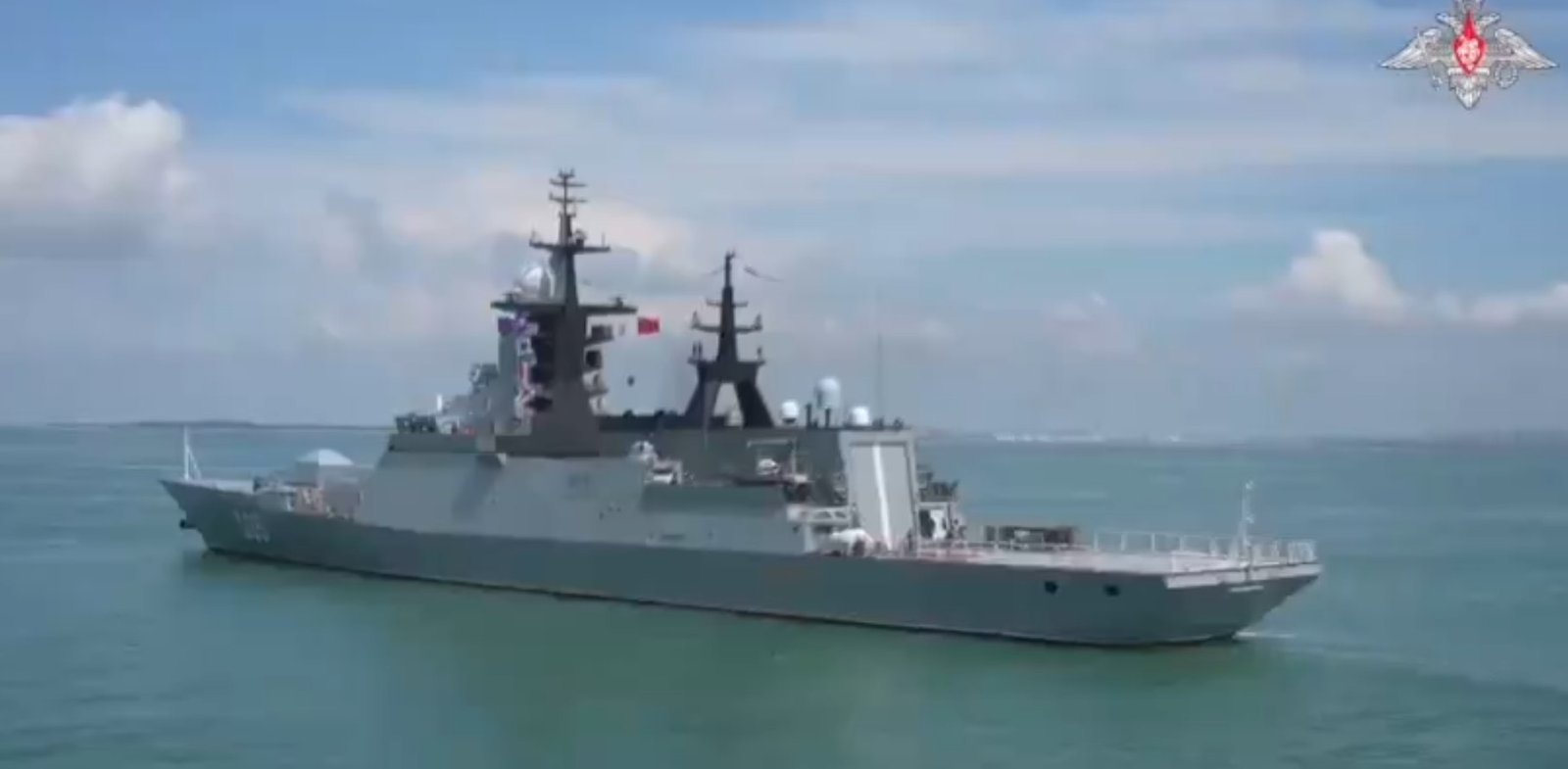
Erik Simon



